I bought the Dylan 480 public version long ago, but I bought it later. When I saw the hand, I saw the ZDM basking 480, and I stayed HOLD for the time being. However, my friend recently picked up a curved screen display. Intended to use the original 4K display as a good friend, I could only collect 1200 baht, so I have this article.

I only have a Dylan 480. If you want to play 4K games, it's still very reluctant, but you can try 2K. Take a test now and see if the Dylan 480 can conquer 2K.
In fact, if it is not because 480 does not support VGA output, I do not need to buy a monitor again.
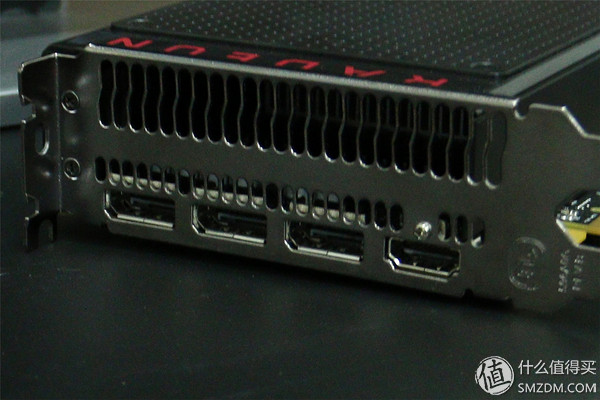
The weather was so hot recently that it couldn't stand it anymore. It was only able to move it out of the chassis and cool it cool. Who told the landlord not to install air conditioners?
The test platform is as follows.

The first is the 3DMARK theory test.
This test we all understand 3Dmark FireStrike - 1080P load test
Load test under 3Dmark FireStrike Extreme 1440P 1440P=25601440=2.K
Load test under 3Dmark FireStrike Ultra 4K resolution 4K=38402160=2160P
The test results are shown in the figure, online piracy, after all, I do not often test, so the new DX12 test can not run.
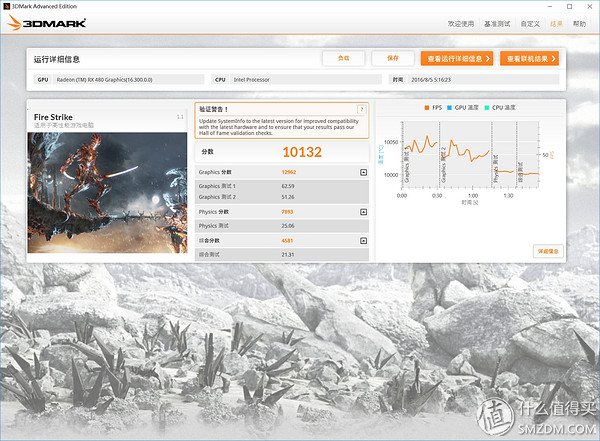
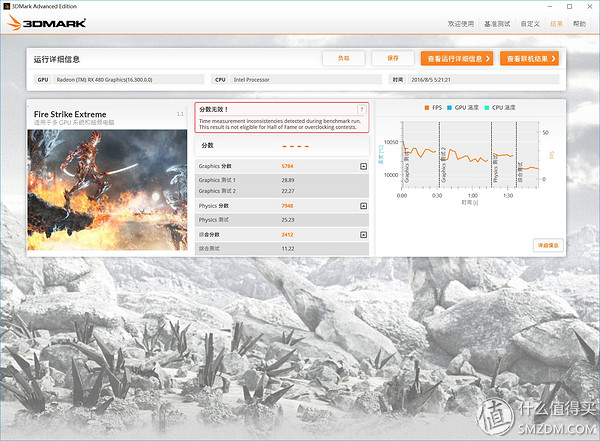

Next is the game measured. The game test method is to open FRAPS to run the game, then use FRAPS to record the real-time frame number map, and then make a table.
The first is the tomb Raider 9, 2K resolution open the highest special effects, all effects including anti-aliasing can be more high-profile and high, the average number of frames is only 33 frames, not smooth.

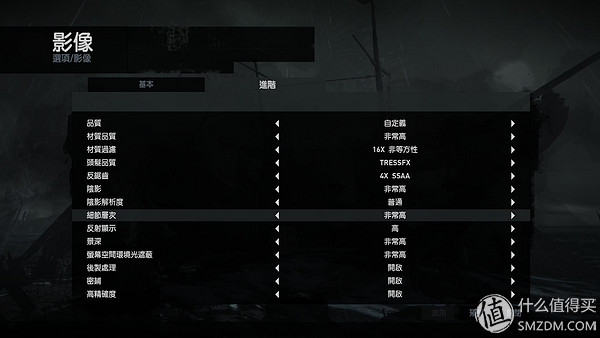
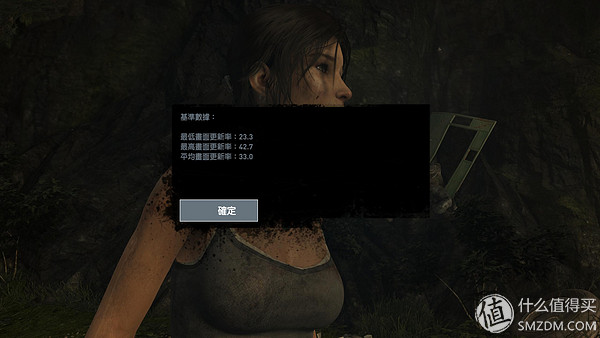
Turn down the special effects and change the special effects to the default maximum effects. The number of frames reached 65.4 frames, which is smooth.
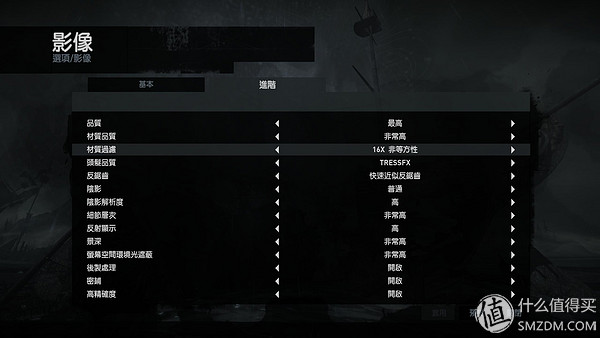
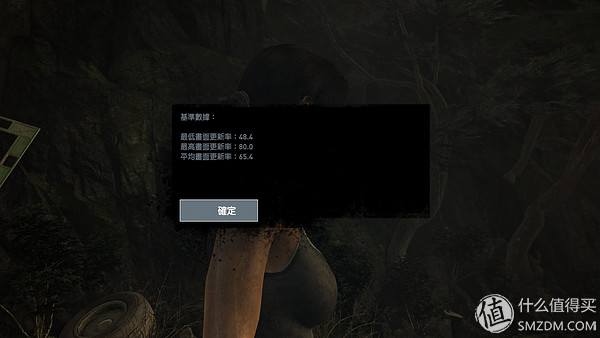
The most difficult dark soul 3, playing for two days has not played the first BOSS. 2K resolution default maximum effect.
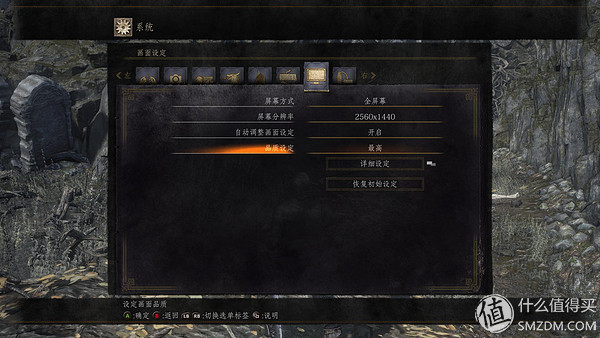
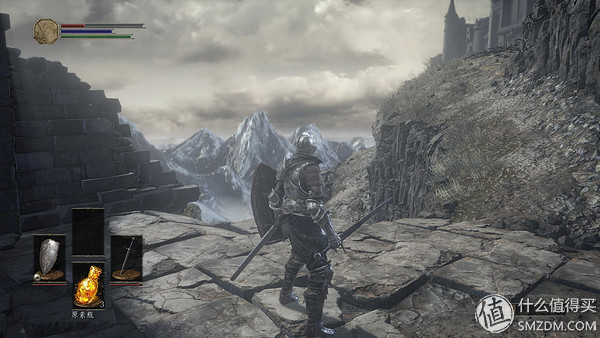
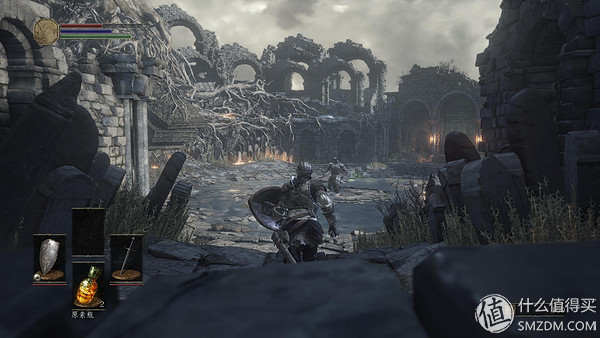
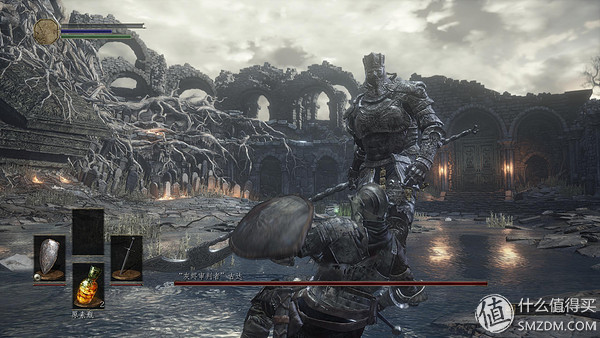
The number of frames is recorded with FRAPS when playing BOSS, because the most expensive hardware is when fighting. Bounces from 40 to 50 frames with the highest effects. Can only be considered fluent and smooth.
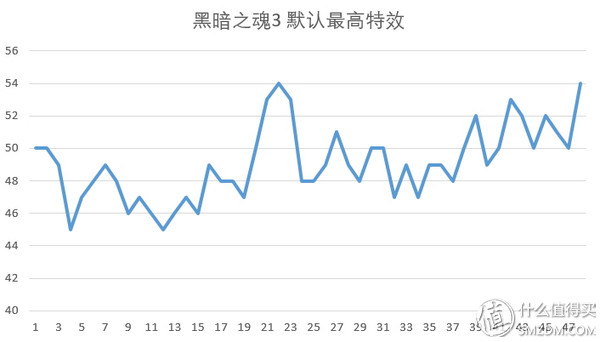
Lowering the first-level special effects is also the number of frames recorded when the BOSS is played. Most of the time is full-frame and smooth.
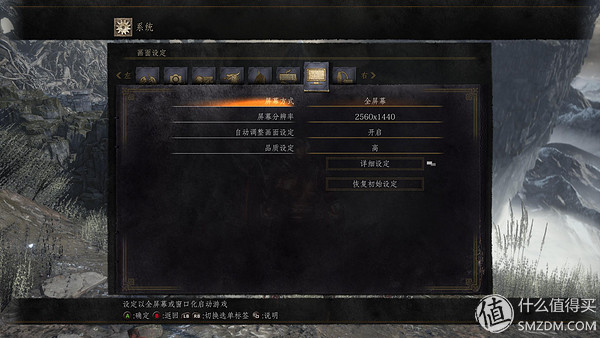
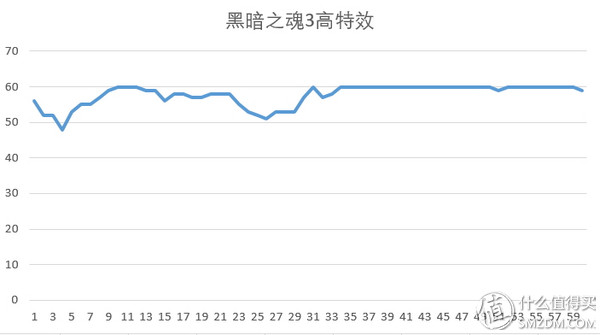
GTA 5, can open more than the height of high, specific settings to see the map, that advanced image is also the highest.
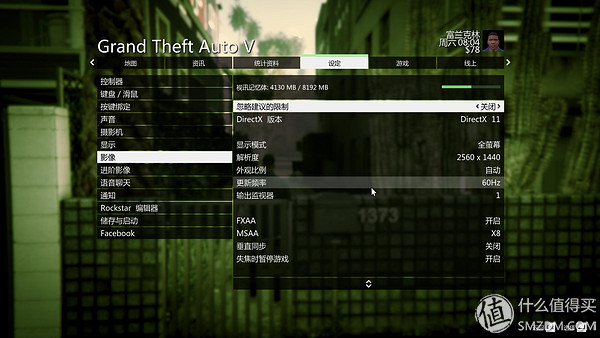
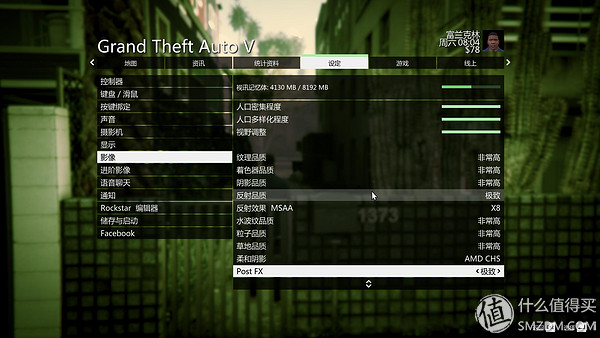
The previous hard drive was broken, the archives were gone, and the car was not driven.
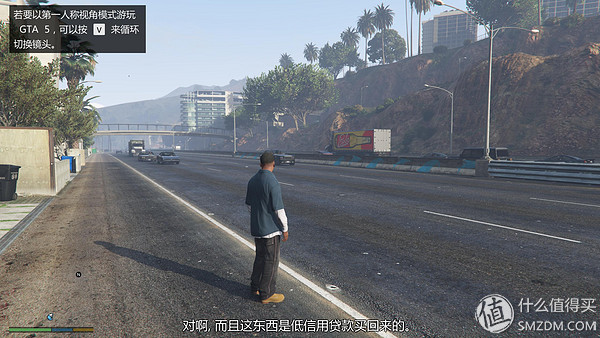
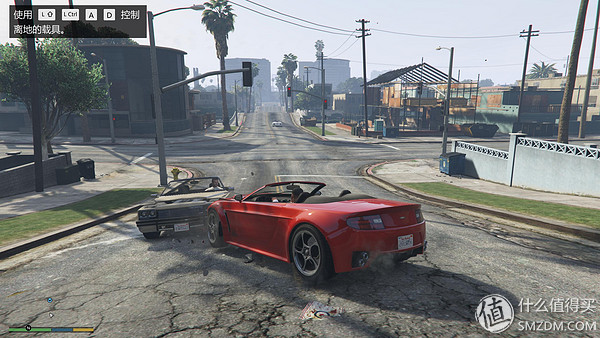

The GTA 5 requirements are really high, and the slides feel like the number of frames floats up and down in 20 frames.
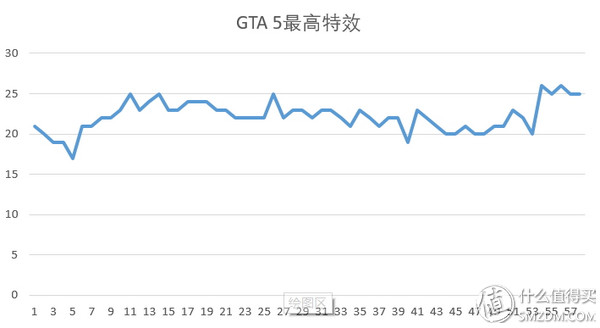
Turn down the special effects. The special effects are shown in the figure. The number of frames goes back to 80 frames.
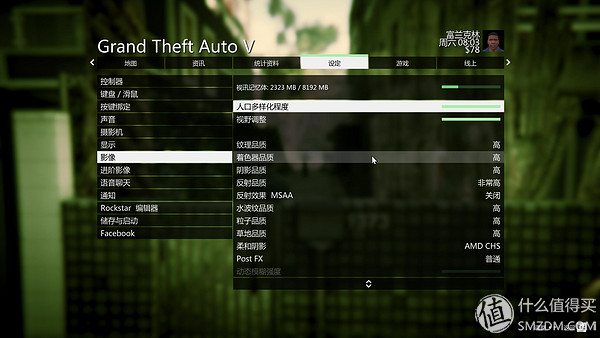
Sorcerer 3, the default maximum setting, turned off, NV hair, although open it is no use.

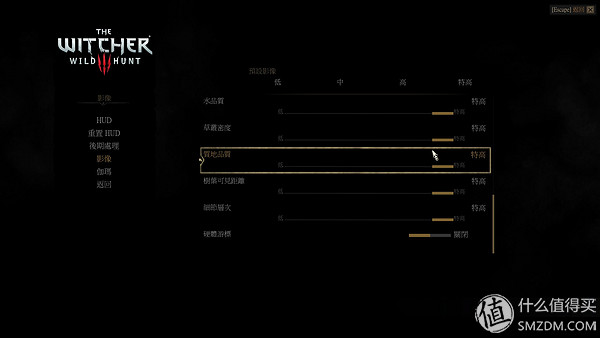
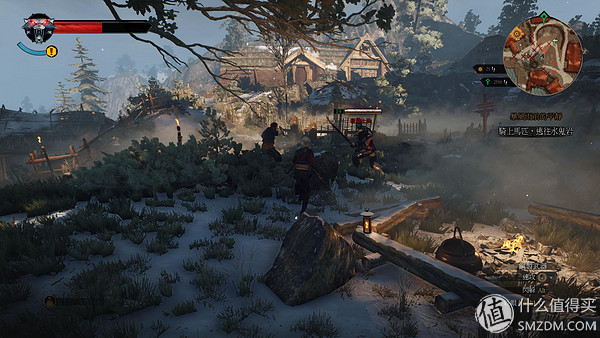
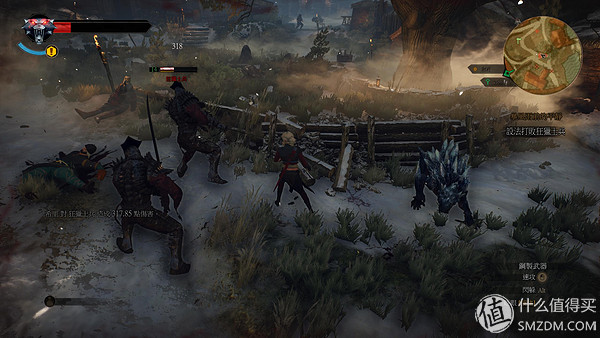
The number of frames floats between 30 and 35 frames, not smooth.
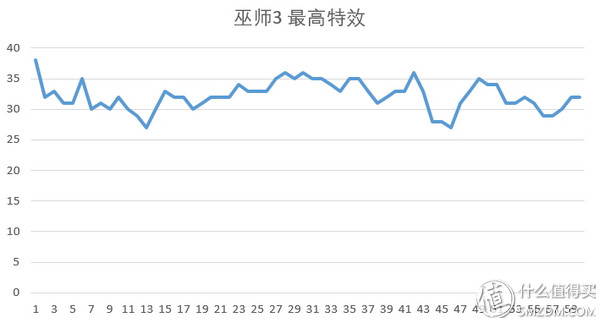
Jump to high effects. The number of frames is bouncing between 45 and 50 frames, which is barely smooth. It seems that if you reach full frame, you can only open to the default effect.

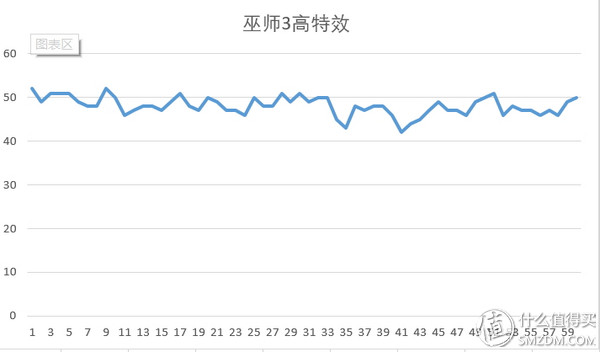
Watch pioneer, although it is an online game, it also costs hardware, 2K ultra-high effects, rendering rate is 100%
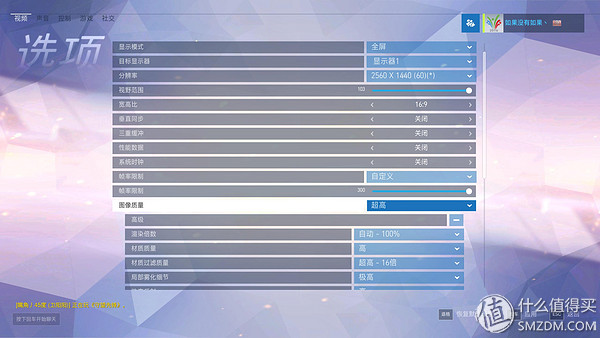
The recently opened football model is very fun.


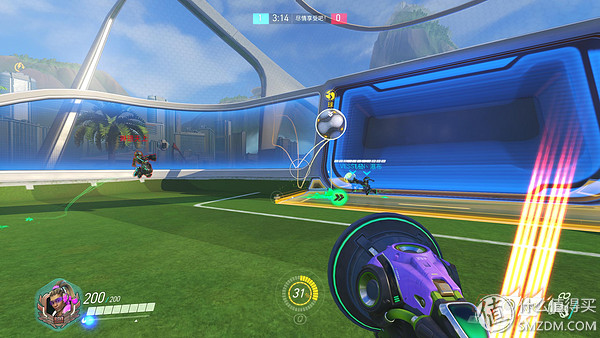
The number of frames between 71 and 82 is already full.

Well, the test is over. According to the test results, the Dylan 480 played at 2K resolution, opened up to the highest special effects, what anti-aliasing, ambient light shielding, etc. are all open, it is indeed not playable, but secondarily, special effects lowered a little , tune to high effect, want to play or no problem. However, according to the online DX12 test, in the DX12 game should be improved than the DX11, but now the DX12 game is not much, there is not much reference significance, so the first is not measured.
Early Ethernet
Megabit Ethernet
Xerox Ethernet (Xerox Ethernet, also known as "Xerox Ethernet") ─ ─ is the prototype of Ethernet. The original 2.94Mbit/s Ethernet was only used internally in Xerox. In 1982, Xerox, DEC and Intel formed the DIX alliance, and jointly published the Ethernet Version 2 (EV2) specifications, and put it into the market, and it is widely used. The EV2 network is currently 10BASE5 recognized by IEEE.
10BROAD36──It is outdated. An early standard supporting long-distance Ethernet. It is used on coaxial cable with a broadband modulation technology similar to a cable modem system.
1BASE5──It is also called a star LAN, and its rate is 1Mbit/s. It was a commercial failure, but it was also the first use of twisted pair.
10Mbps Ethernet
10BASE5 (also known as Thick Ethernet or yellow cable)-the earliest realization of 10 Mbit/s Ethernet. The early IEEE standard used a single RG-11 coaxial cable with a maximum distance of 500 meters, and can connect up to 100 computer transceivers, and both ends of the cable must be connected with a 50 ohm terminal resistor. The receiving end is inserted into the inner core and shielding layer of the cable through a so-called "plug-in tap". Use N-type connectors at the end of the cable. Although some systems are still in use due to a large number of early deployments, this standard was actually replaced by 10BASE2.
10BASE2 (also known as Thin Ethernet or analog network) ── products after 10BASE5, use RG-58 coaxial cable, the longest transmission distance is about 200 meters (actually 185 meters), only 30 computers can be connected The calculator uses a T-type adapter to connect to a network card with a BNC connector, and a 50-ohm terminator is required at both ends of the line. Although it is not as good as 10BASE5 in terms of capacity and specifications, it has been widely used because of its thinner wires, convenient wiring, and low cost, and it has eliminated 10BASE5. Due to the popularity of twisted pair, it has also been replaced by various twisted pair networks.
StarLAN-The first Ethernet standard 10 Mbit/s implemented on a twisted pair cable. Later developed into 10BASE-T.
10BASE-T── 4 wires (two pairs of twisted pairs) of Category 3 twisted pair, Category 4 twisted pair, and Category 5 twisted pair are used for 100 meters. An Ethernet hub or Ethernet Switch is located in the middle to connect all nodes.
FOIRL ──Optical fiber repeater link. Original version on fiber optic Ethernet.
10BASE-F ── 10Mbps Ethernet optical fiber standard generic name, 2 kilometers. Only 10BASE-FL is widely used.
10BASE-FL ── An upgrade to the FOIRL standard.
10BASE-FB ──The backbone network technology used to connect multiple Hubs or switches is obsolete.
10BASE-FP ──non-relay passive star network, there is no practical application case.
100Mbps Ethernet (Fast Ethernet)
See: Fast Ethernet
Fast Ethernet (Fast Ethernet) is an online standard published by IEEE in 1995, which can provide a transmission speed of up to 100Mbps.
100BASE-T-The following three 100 Mbit/s twisted-pair standards are generic names, and the maximum distance is 100 meters.
100BASE-TX-10BASE-T similar to the star structure. Two pairs of cables are used, but category 5 cables are required to achieve 100Mbit/s.
100BASE-T4 - Use Category 3 cables, use all 4 pairs of wires, half-duplex. Due to the popularity of Category 5 cables, it has been abandoned.
100BASE-T2 - No product. Use Category 3 cables. Supports full-duplex use of 2 pairs of wires, the function is equivalent to 100BASE-TX, but supports old cables.
100BASE-FX-- Uses multimode fiber, supports up to 400 meters, half-duplex connection (guaranteed collision detection), 2km full-duplex.
100VG AnyLAN - Only supported by HP, VG first appeared on the market. Need 4 pairs of Category 3 cables. Some people suspect that VG is not Ethernet. [2]
1Gbps Ethernet
1000BASE-T-1 Gbit/s medium super Category 5 twisted pair or Category 6 twisted pair.
1000BASE-SX-1 Gbit/s multimode fiber (depending on the frequency and fiber radius, the longest distance when using multimode fiber is between 220M and 550M).
1000BASE-LX-1 Gbit/s multimode fiber (less than 550M), single-mode fiber (less than 5000M).
1000BASE-LX10-1 Gbit/s single-mode fiber (less than 10KM). Long-distance program
1000BASE-LHX--1 Gbit/s single-mode fiber (10KM to 40KM). Long-distance program
1000BASE-ZX--1 Gbit/s single-mode fiber (40KM to 70KM). Long-distance program
1000BASE-CX--a short-distance (less than 25 m) solution up to 1Gbps on copper cables. Earlier than 1000BASE-T, it is obsolete.
10Gbps Ethernet
See: 10 Gigabit Ethernet
The new 10 Gigabit Ethernet standard includes 7 different types, which are applicable to local area networks, metropolitan area networks, and wide area networks. The additional standard IEEE 802.3ae is currently used and will be merged into the IEEE 802.3 standard in the future.
10GBASE-CX4 - Short-distance copper cable solution for InfiniBand4x connectors and CX4 cables, with a maximum length of 15 meters.
10GBASE-SR - used for short-distance multi-mode fiber, can reach 26-82 meters according to the cable type, and can reach 300 meters with the new 2GHz multi-mode fiber.
10GBASE-LX4 - Use wavelength division multiplexing to support 240-300 meters of multi-mode fiber and more than 10 kilometers of single-mode fiber.
10GBASE-LR and 10GBASE-ER - support 10km and 40km respectively through single-mode fiber
10GBASE-SW, 10GBASE-LW, 10GBASE-EW. Used for WAN PHY, OC-192/STM-64 synchronous optical network/SDH equipment. The physical layer corresponds to 10GBASE-SR, 10GBASE-LR and 10GBASE-ER respectively, so the same optical fiber supports the same distance. (No WAN PHY standard)
10GBASE-T-Use shielded or unshielded twisted pair, use CAT-6A cable to support at least 100 meters of transmission. CAT-6 cables also support 10GBASE-T over shorter distances.
100Gbps Ethernet
See: 100G Ethernet
The new 40G/100G Ethernet standard was formulated in 2010 and includes several different control types. The additional standard IEEE 802.3ba is currently used.
40GBASE-KR4 - Backplane solution, the minimum distance is 1 meter.
40GBASE-CR4 / 100GBASE-CR10 - Short-distance copper cable solution, the maximum length is about 7 meters.
40GBASE-SR4 / 100GBASE-SR10 - used for short-distance multimode fiber, the length is at least 100 meters.
40GBASE-LR4 / 100GBASE-LR10 - Use single-mode fiber for distances over 10 kilometers.
100GBASE-ER4 - Use single-mode fiber for a distance of more than 40 kilometers.
Ethernet Poe Onu,Poe Power Supply,Poe Function,Ftth Poe Onu
Shenzhen GL-COM Technology CO.,LTD. , https://www.szglcom.com